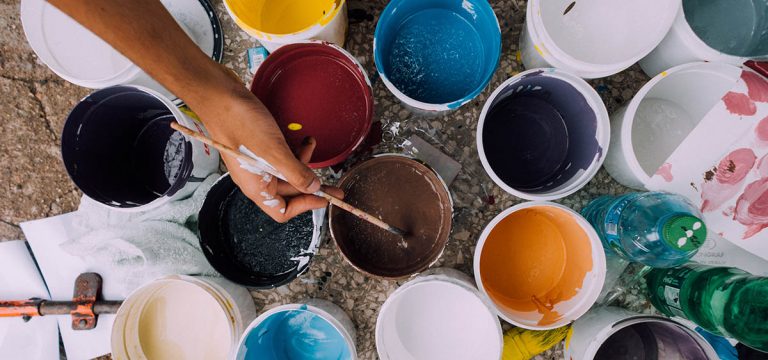In collaboration with Youtuber AramK, we bring you a series of Davinci Resolve 16 tutorials to help you get your next video project off the ground.
Creating effortless workflows in Davinci Resolve with LUTs
If you’ve never heard of a LUT before, here’s a short recap. LUT stands for Look-Up Table. It is a collection of presets you can use to grade footage. Rather than adjust all the settings for each clip, yst apply the LUT and finish off with a few minor tweaks. Knowing how to set up and use a LUT well can reduce your hours spent color grading to mere minutes.
LUTs give you a foundation on which to build your color grades. The outcome of using a LUT isn’t a finished product, but a starting point for your projects. They take a lot of the boring steps out of the equation, so you can focus on creating your color grade.
Some LUTs have become quite iconic. The M31 LUT is one such LUT. It adds orange and teal shades to your footage, giving it that classic cinematic look.
Today, Youtuber AramK shares his best advice for using LUTs to in your workflow:
Looking for a particular topic?
- Settings (1:33)
- Node 1 – Noise reduction (1:58)
- Node 2 – Applying the LUT (2:52)
- Node 3 – Finetuning temperature (3:55)
- Node 4 – Spicing it up with highlights (4:49)
- Copying nodes to a new clip (5:44)
- Matching shadows (6:24)
- Using this workflow on an outdoor shot with different camera settings (6:56)
- Matching white balance to improve skin tone (8:22)
- Using a LUT workflow on a nature scene (9:32)
- Using a LUT workflow on an urban scene (11:00)
- Further color grading options (12:28)
How do I get LUTs for my projects?
Find free LUTs
There are many sites online where you can download free LUTs. They will vary in quality, so ensure you get them from a reputable source.
Buy your LUTs
The best quality LUTs tend to be the ones that you pay for. Again, look for a reputable source to ensure you are getting your money’s worth.
Make them yourself
You can make your LUTs from within Davinci Resolve by exporting your settings. Keep it simple to ensure a successful export. Limit your grade workflow to the curves and primary color palettes.
Once you are happy with your color grade, you can export your LUT. Right-click your clip and select “Generate 3D LUT.” Name the LUT, choose a location and hit “save” (if it asks you to select a format, choose “cube”). Congratulations! You have now created a LUT that you can import it into your new projects.
Get stock footage that comes with a LUT
Most stock footage doesn’t come with a LUT. That means you have limited flexibility. Stock footage from Rawfilm comes with the option to use a LUT or to use the raw, ungraded footage. Members get access to free sample videos at 5K and 8K resolutions.
Sign up to Rawfilm for cinematic stock footage you can use for your Davinci Resolve project! Download a clip with a LUT and follow the tutorial. Or you could download a clip without a LUT and practice making your own.
What is your favorite LUT? Let us know in the comments below!
We’ll see you next week with another Davinci Resolve tutorial!
Resources

